
As a big fan of QAGOMA, a few weeks ago I hopped on my Yuba and headed into town to give my QAGOMA membership a workout and enjoy the now closed exhibition, The Motorcycle, which showcased the development of the modern motorcycle and the future of these machines. No, I’m not about to ditch my bicycles and buy a motorcycle but, as a cyclist, one thing that really interested me about the exhibition is the lineage that motorcycles share with the bicycle. After all, motorcycles started life as bicycles.
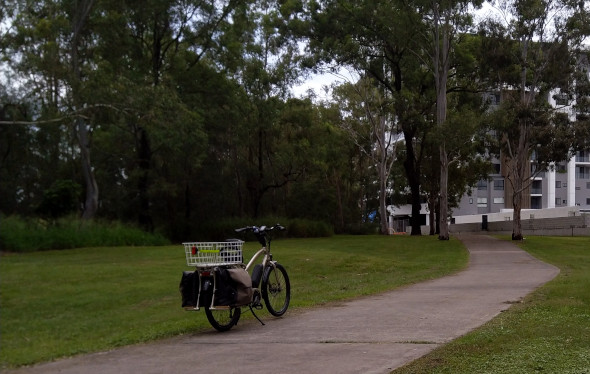
In the early days, there was a blurring between bicycle and motorcycle with motorcycles very obviously being just adapted bicycles with motors. After a while the bicycle pedals disappeared and the motorcycle became it’s own machine with the advent of bigger, better motors and improved onboard electrics amongst other things. Now, with the refinement and main stream uptake of lithium ion batteries coupled with electric motors to create modern e-bikes (e-bikes have been around quite a while too), electric scooters and electric motorcycles, it seems that the lines are beginning to blur once again.


The exhibition left me with a tantalising set of questions and revelations like: Is it really just the presence of pedals that separates a (perhaps electric) motorcycle from an e-bike? Is it more about a difference in power? What about these Jones e-bikes?
Watch the above and some of the other videos on his blog and see that Jones e-bikes seem to be more than sufficiently powerful for what they’re designed. (There’s also the question of how much power is enough with any mode of personal transportation but that’s a different discussion).
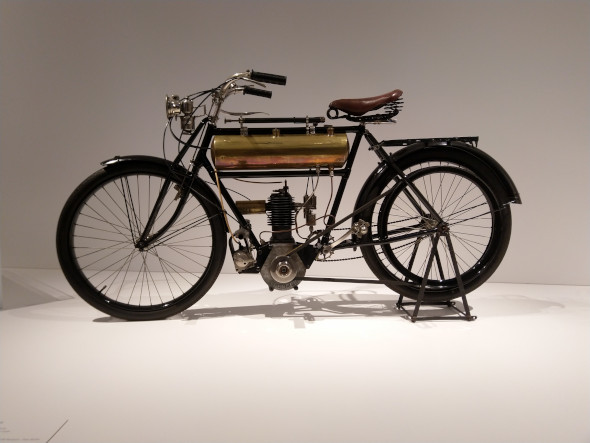
So, what about some of the other similarities and crossovers with bicycles and motorcycles? I mean, the form factors are fundamentally the same. What about the fact that both machines are free from the sensory deprivation you get with driving a car meaning that users of both kinds of bikes are likely much more empathetic to the people and things in their surrounding environments?
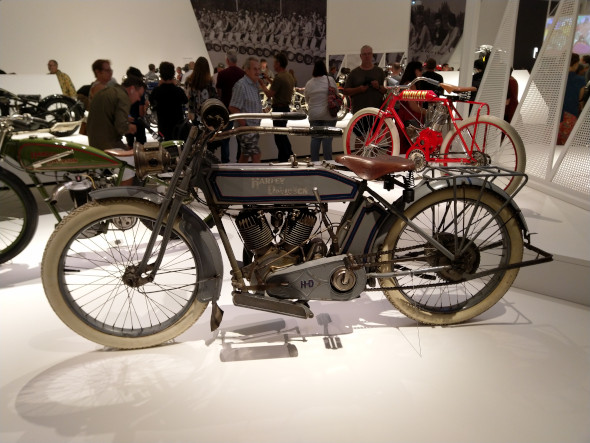
And how about the concept of “absolute freedom” that gets mentioned in any deep conversation about bicycles or motorcycles? Both kinds of bikes have their pros and cons in this regard but the sense that you’re closer to absolute freedom with either seems a strong factor in attracting people to them.

Another strong attractant seems to be the idea of customisation and of owning a very individualised machine as opposed to an off-the-shelf, large scale production unit – the sense that you’ve subverted reliance on a large scale corporate “sausage machine”. Perhaps the idea of customisation is highly prominent in both motorcycles and bicycles because of the relative simplicity and low cost of both machines which allows customisation to be achieved to a far greater extent more readily than with a car. Even small changes of handlebars, tyres, fenders and you immediately change the character of the machine.
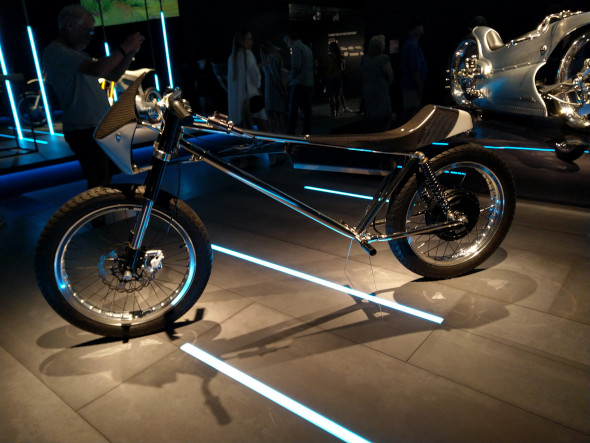
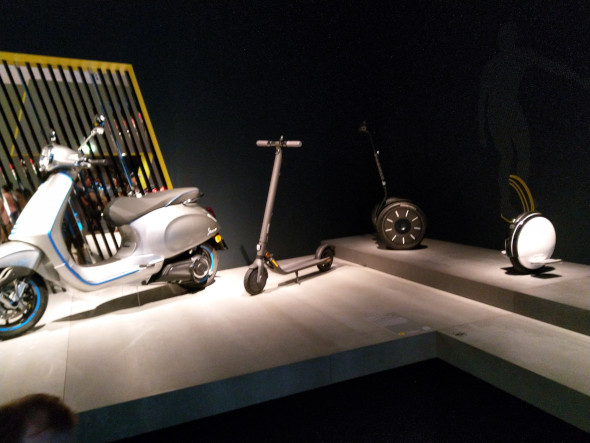
So, what does any of this tell us? Well, I’m only going by what I saw at the exhibition plus a few Internet searches I did afterwards but maybe one thing we should start asking is whether cars really need to be the unquestioned default for every trip we make regardless the distance or (im)practicality of the situation. The motorcycle and it’s parent, the bicycle, continue to live on after a very long time (200 years for the bicycle) so they’ve well and truly proven themselves as modes of transport. In a time where space, control over environmental emissions and a host of other issues is at the fore, shouldn’t we be looking to favour smaller, more configurable, more affordable modes of transport?
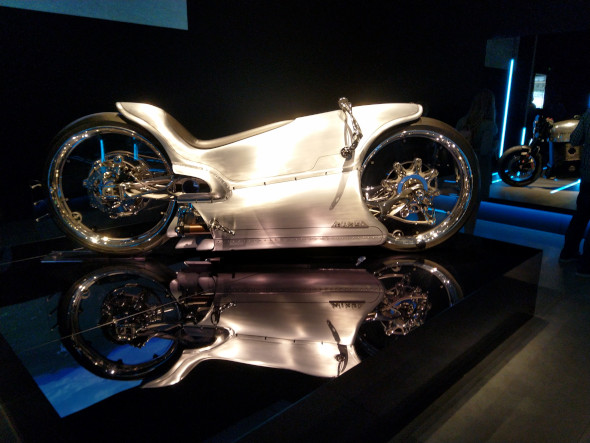
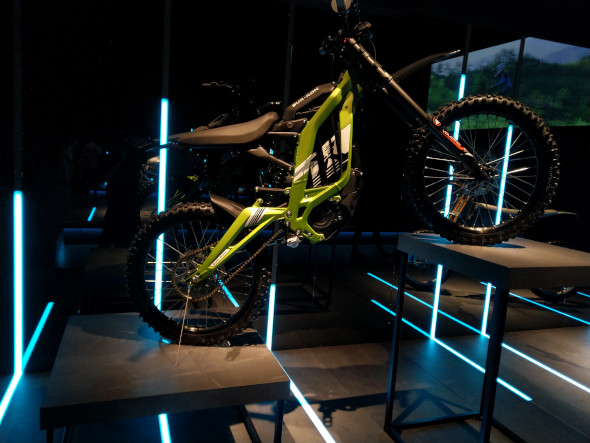

The way I see it, all of these two wheeled machines exist on a continuum from the simplest unpowered bicycle at one end, e-bikes and the various types of scooters and other rideables somewhere in the middle and motorcycles at the other end. And while cars have their place in certain situations, surely with the range of options provided by the various types of bikes and the urgency with which we need to revolutionise our cities, we should look to change our infrastructure to accommodate a better transport mode mix than simply building everything to suit cars.
That’s it for today. Ride safe and see you out there sometime.

